Vintage Tribal Kilim Runner 3' 2" x 10' 4" (38" x 124")
Type:
Kilim RugsCollection:
Tribal Runners, ClearanceID:
K0077138Size:
Material:
The designs feature a rich array of symbols representing tribal culture and Anatolian motifs, often in the form of medallions, diamonds, and other geometric shapes.
The designs feature a rich array of symbols representing tribal culture and Anatolian motifs, often in the form of medallions, diamonds, and other geometric shapes. These kilim runners are ideal for hallways and narrow spaces, offering a touch of ethnic charm and artisanal quality to any interior.
Herki kilims not only serve as functional floor coverings but also as artistic expressions of tribal identity, making each rug a unique cultural artifact.
Design Elements
- Pattern Structure: The kilim runner showcases a geometric pattern characterized by repeated motifs that create a rhythm across the surface. The use of diamonds, triangles, and zigzags forms a harmonious visual narrative.
- Motif Variation: Variations in the size and direction of the geometric shapes add dynamism to the design, making each piece unique while adhering to the traditional aesthetic.
- Symmetry and Balance: The arrangement of motifs displays a sense of symmetry that facilitates visual balance, leading the viewer's eye along the length of the runner.
- Textural Contrast: The flatweave technique used in creating kilims results in a textural difference, where the surface feels smooth yet allows for intricate detailing in the motifs.
- Fringe Detail: The short fringes at both ends introduce an element of finishing that enriches the traditional appeal, contributing to the overall integrity of the design.
Colors
- Warm Color Palette: The kilim features earthy shades of red, orange, and brown, evoking a sense of warmth and comfort. These colors are reminiscent of natural elements, connecting the piece to the earth.
- Cool Accents: Subtle cool-toned colors, such as soft greens and whites, appear as highlights within the geometric motifs, enhancing the contrast and depth of the color scheme.
- Color Symbolism:
- Red: Symbolizes strength, passion, and power.
- Orange: Represents creativity, enthusiasm, and warmth.
- White: Denotes purity and peace.
- Green: Stands for tranquility and calmness.
Main Motifs and Their Symbolism
- Diamond Motif: Often signifies wealth and prosperity. The repetitive appearance of diamonds emphasizes stability within one's life and home.
- Zigzag Patterns: Represent the journey of life, with its ups and downs. It symbolizes resilience and adaptability in the face of challenges.
- Triangular Shapes: Can symbolize mountains, strength, and stability. They evoke a sense of groundedness and connection to the natural world.
- Lines and Borders: The borders often represent protection and containment, forming a safe space for the family and home.
Summary
The vintage tribal kilim runner combines intricate design elements with a rich color palette. The geometric patterns, particularly the diamond and zigzag motifs, convey profound meanings associated with life, strength, and stability. The warm earth tones paired with cooler accents create a compelling aesthetic that is both inviting and meaningful, making this kilim a stunning addition to any home.
- Ships in 1-4 business days
- Only one in stock, handmade, unique
- Free shipping via FedEx Express. Easy returns
- Contact us or add a note to your order if you want us to delay your shipping.
- Request more info if you want this rug shorter or narrower
Colors may appear slightly different across various monitors due to screen settings device differences, and external lighting conditions. If color accuracy is important for your space, we recommend viewing the rug on multiple devices or contacting us for a detailed color description. We can provide detailed photos and references using Sherwin-Williams, Benjamin Moore, Pantone, or even Crayola crayons.
You can also visualize most of our products in your own room with AR (augmented reality) on an iPhone or iPad.
Return Policy
Need a rug pad? We recommend RugPadUSA
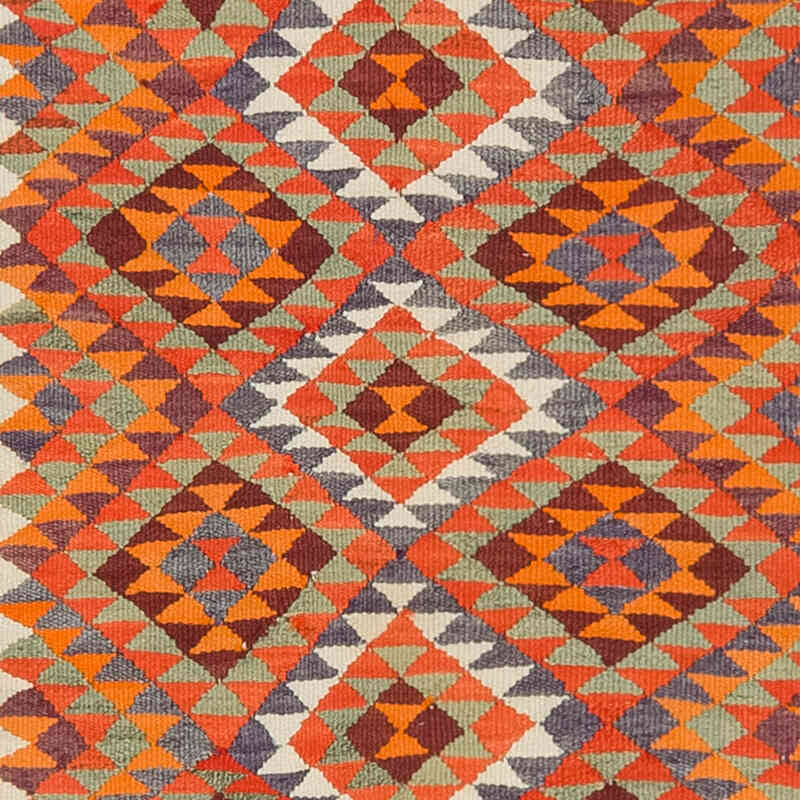
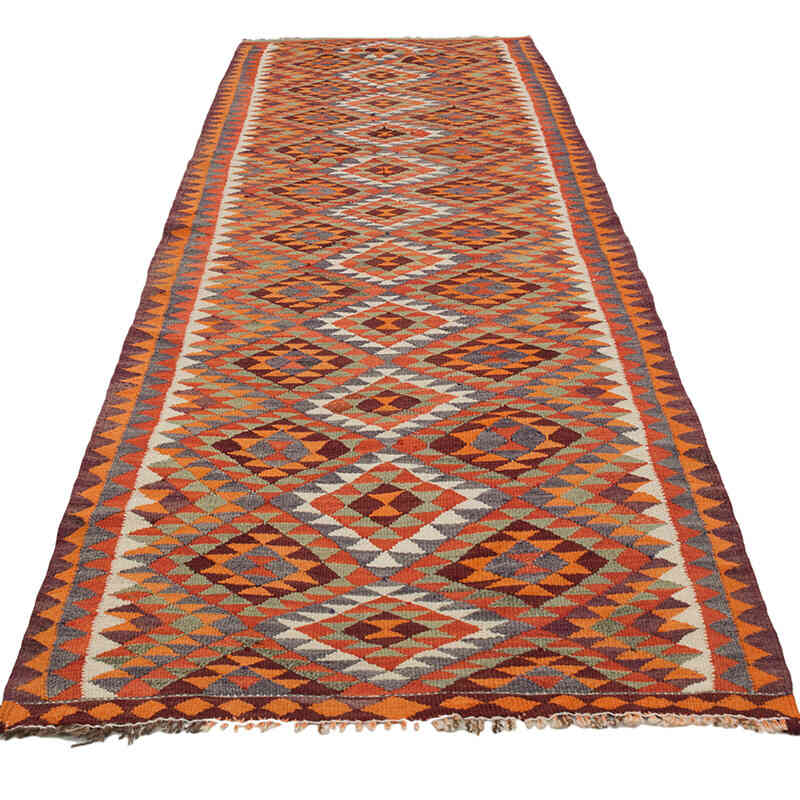

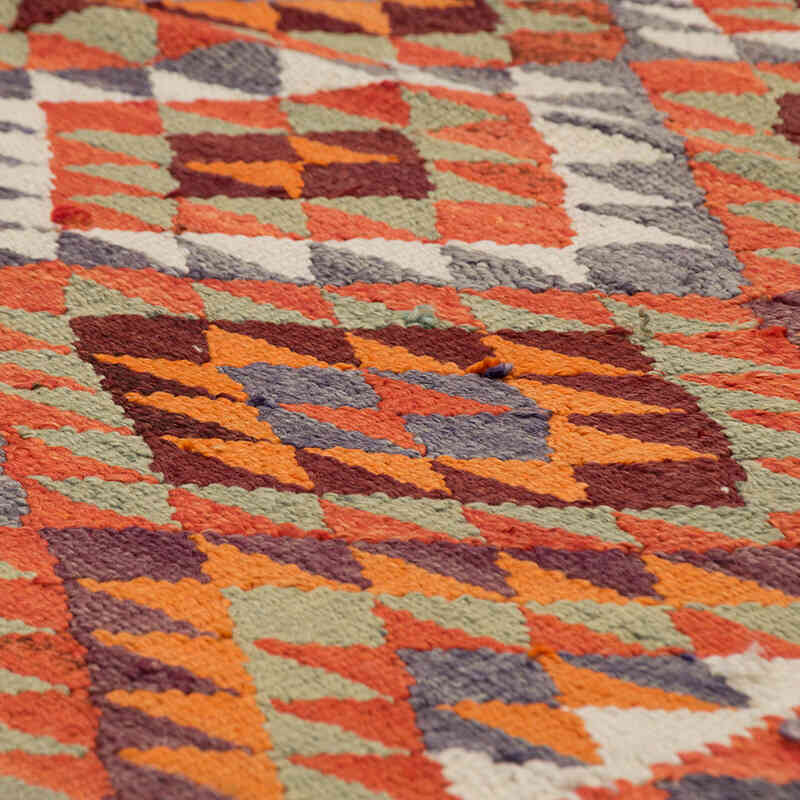
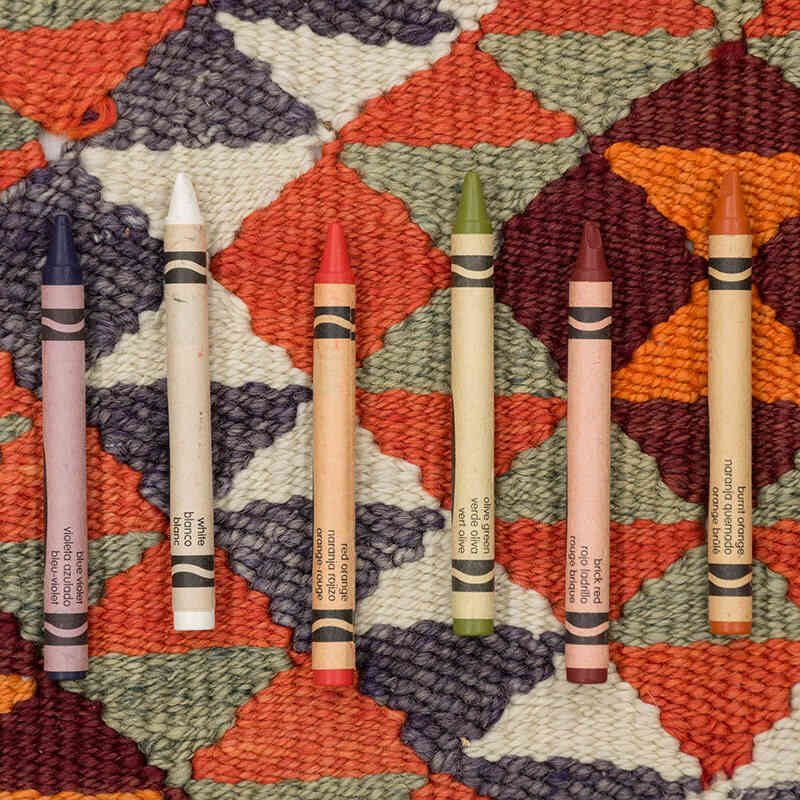





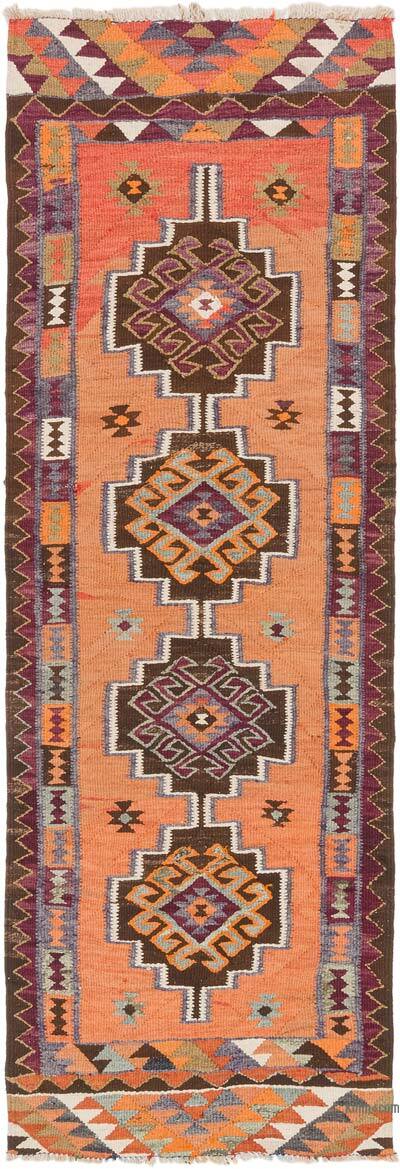












This is my second purchase from Kilim